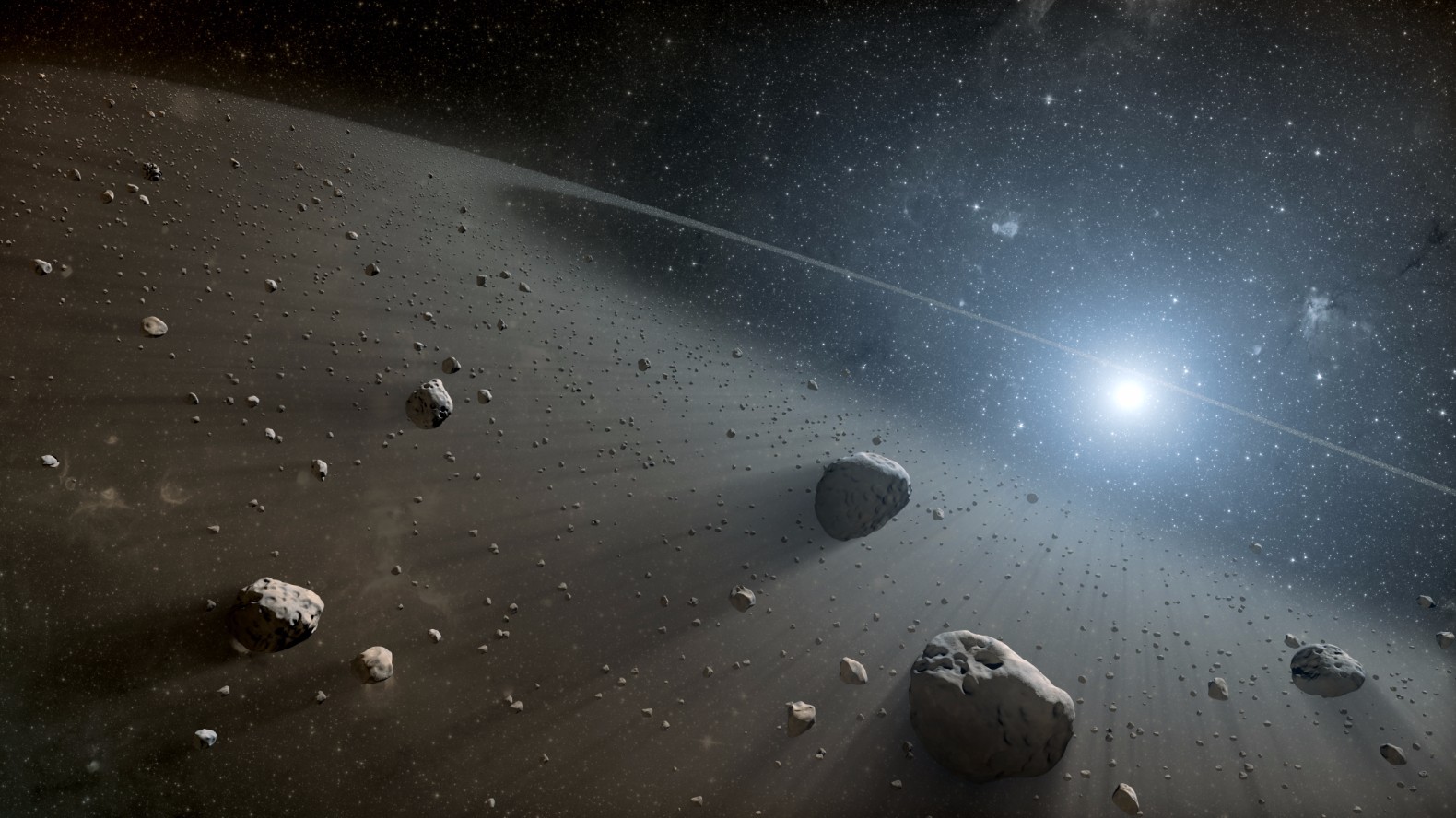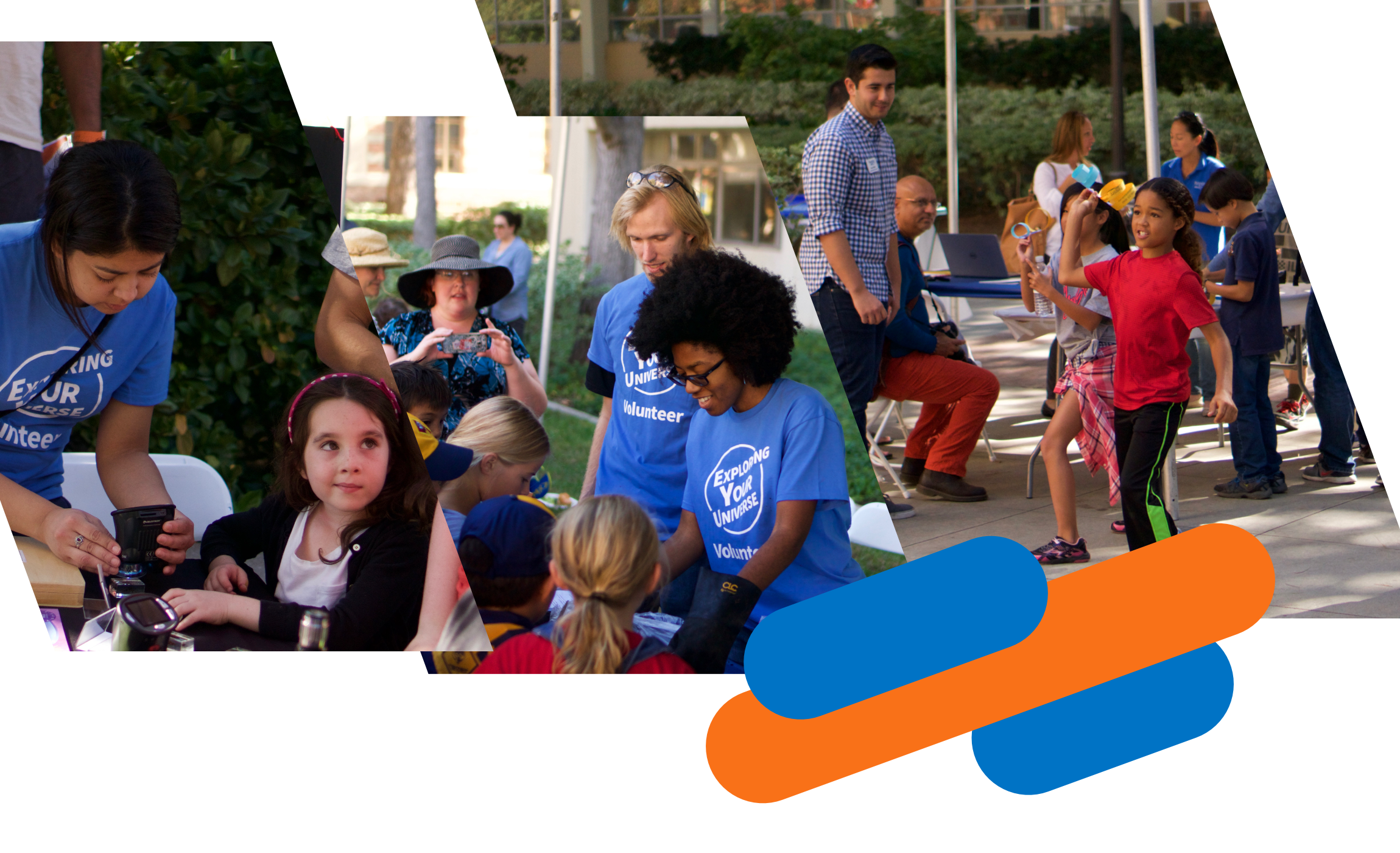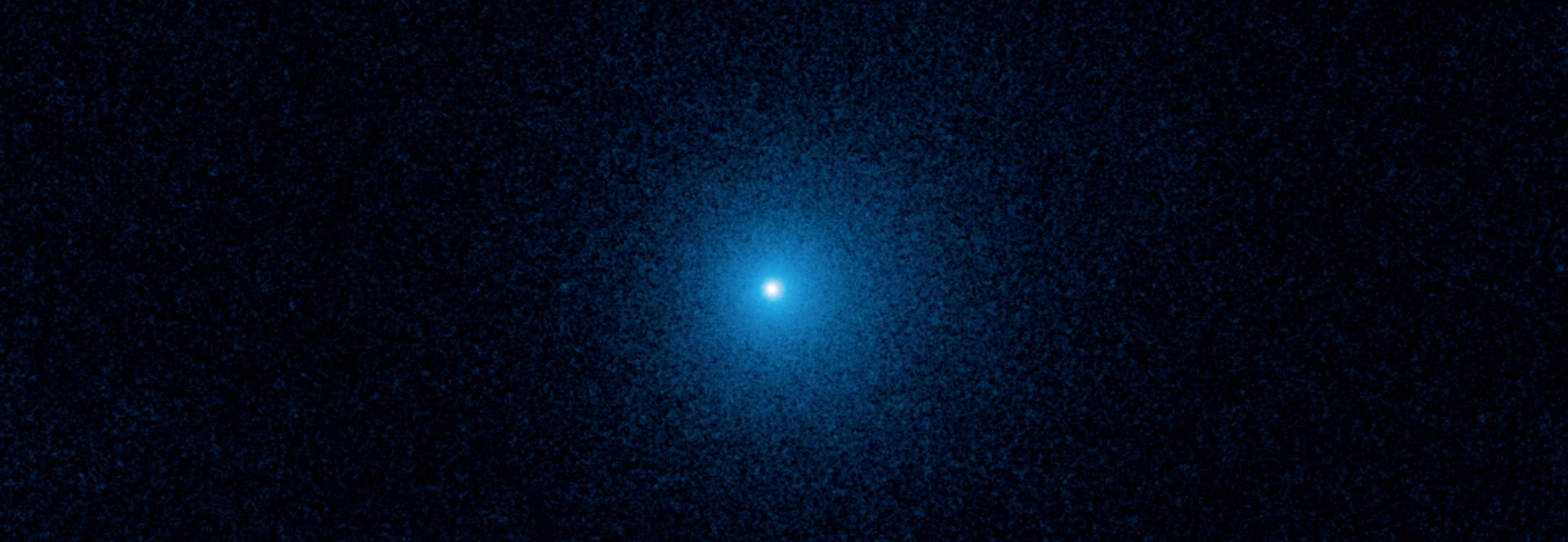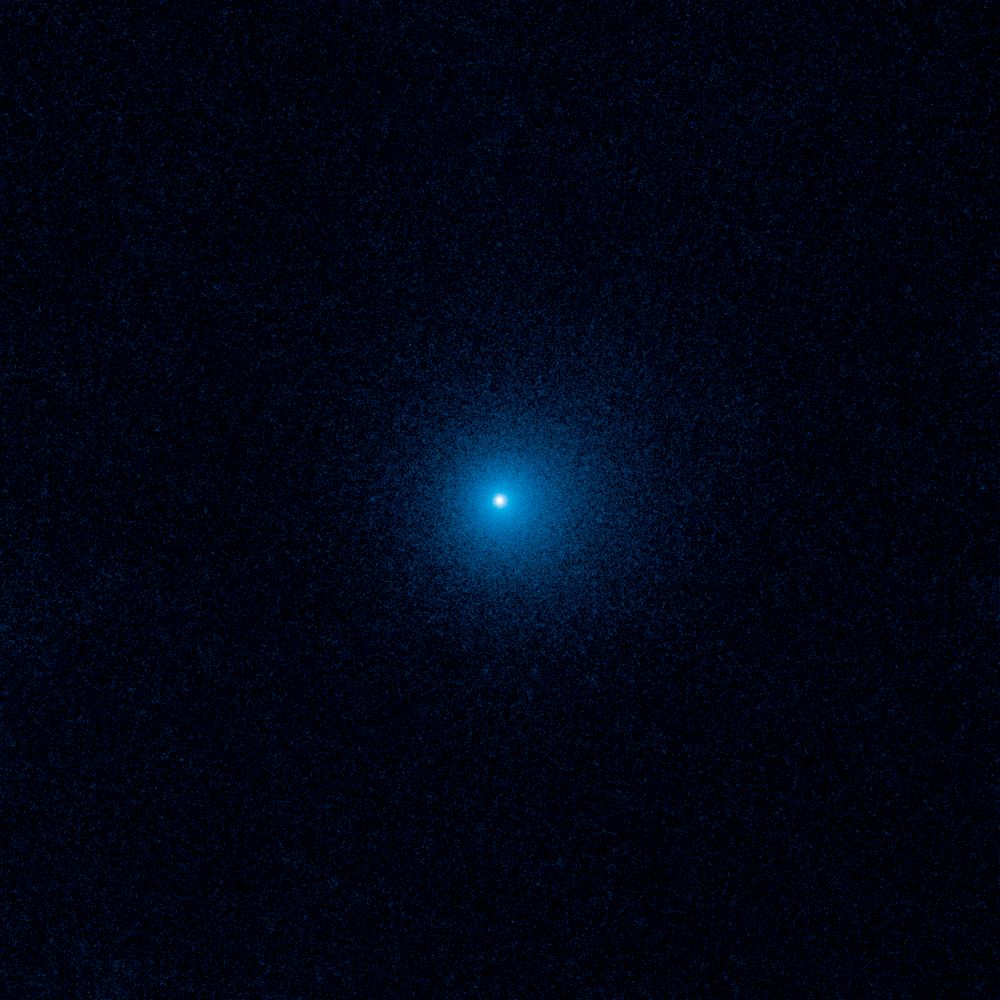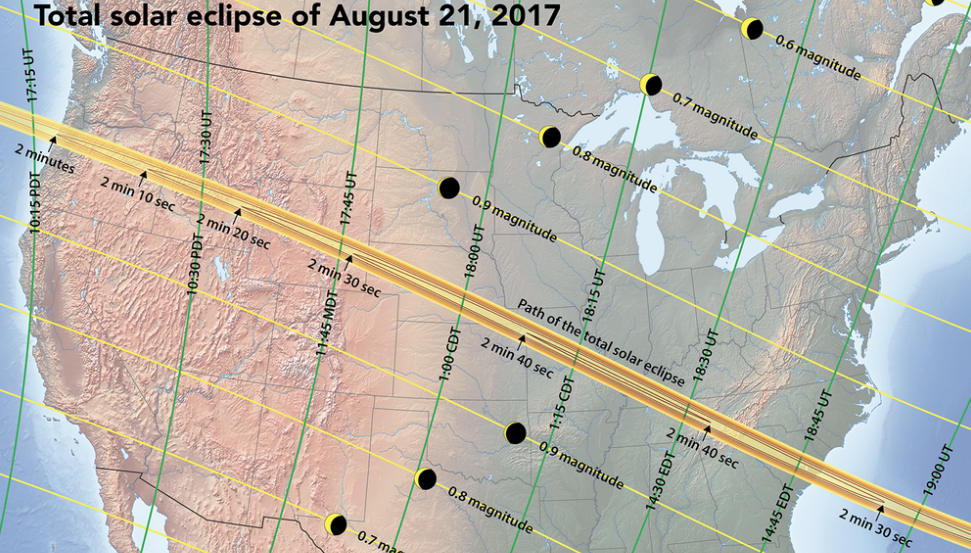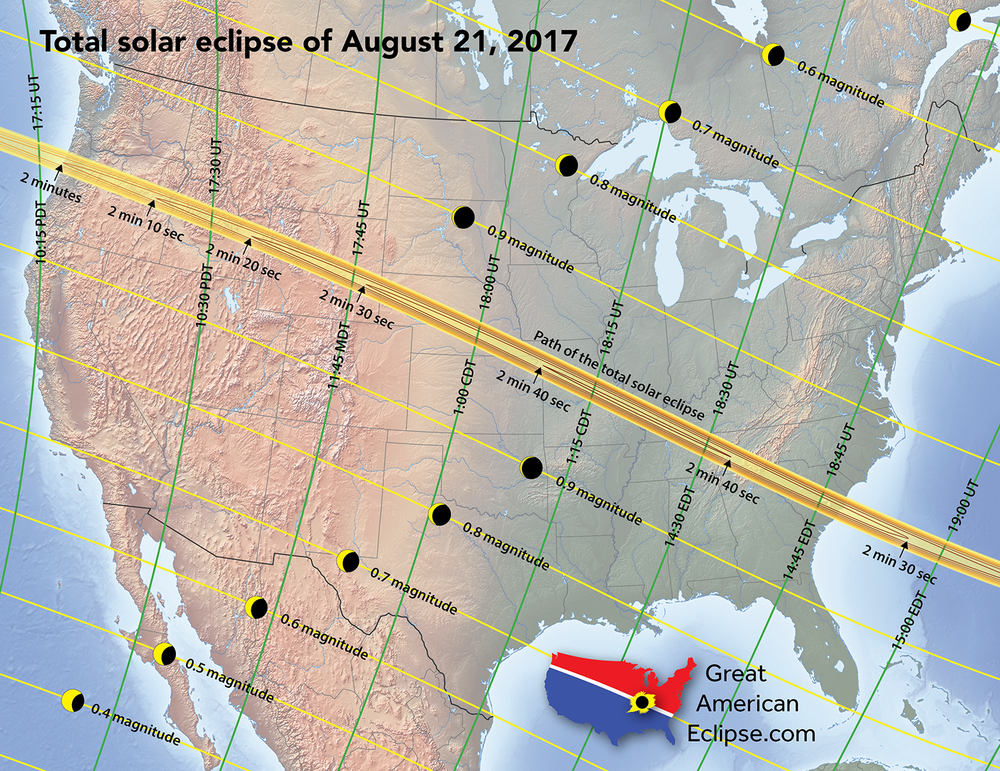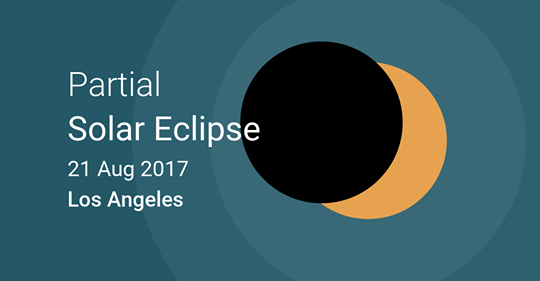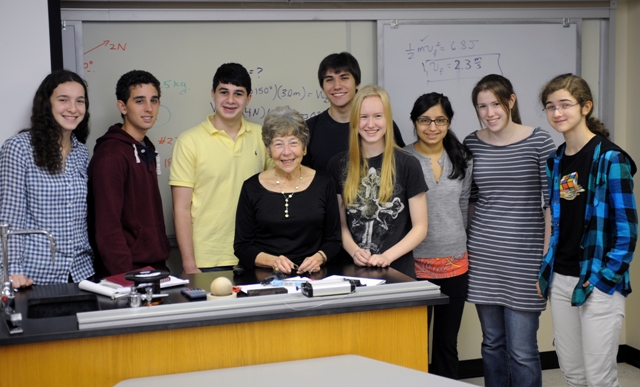Practice Talks for the upcoming DPS meeting. Presentations given by:
Ariel Graykowski: Fragmenting Comet 73P
Man-To Hui: Ultra-Distant Activity in Comet C/2017 K2 (PANSTARRS)
Dave Milewski: Continuous Monitoring of Active Asteroid P/2016 G1 (Pan-STARRS)
——————-ABSTRACTS—————-
Ariel Graykowski
73P/Schwassmann-Wachmann 3 is a Jupiter-family comet that has been observed to fragment on several occasions since 2005. Fragment C (73P-C) is believed to be the primary component of the nucleus. Knowing the nucleus rotation period is important because it can provide invaluable clues about the mechanism responsible for the breakup of this comet. Unfortunately, studies of 73P-C using a variety of techniques have reported rotational periods that range over an order of magnitude, from about 2.8 to 27.2 hours. The lower end of the reported range is compatible with rotational breakup of a low strength nucleus whereas the higher end would rule that possibility out completely. We have undertaken a systematic analysis of unpublished archival Hubble Space Telescope data from 2006 April in order to determine the rotation period and to assess other aspects of 73P-C. We find strong, cyclic photometric variations of about 0.4 magnitudes in the central light from this object. Similar variations with a smaller range are apparent in the surrounding dust coma, compatible with rotational modulation of the mass loss rate. I will discuss our measurements and inferences.
—————–
Man-To Hui
C/2017 K2 (PANSTARRS; hereafter “K2”) is an inbound Oort cloud comet exhibiting activity at least from 23.7 AU, a record heliocentric distance. We are studying the development of the activity using the Hubble Space Telescope and data scoured from the electronic archives. Our HST observations since 2017 June reveal a circularly symmetric dust coma ~10^5 km in radius, with a total effective cross-section ~10^5 {\textrm{km}^2}. The coma logarithmic surface brightness gradient is -1.01±0.01, consistent with the value expected for steady-state mass loss. The absence of a radiation-pressure caused tail suggests that the average ejected dust size is very large. Our Monte Carlo simulations indicate a mean dust diameter of ~1 mm, and an ejection speed of only a few m/s. We estimate the nucleus to be several kilometers in radius. Activity in K2, which we find is losing mass at ~10^2 kg/s, cannot be driven by the sublimation or crystallization of water ice. Instead, the sublimation of supervolatiles including CO and CO2 is suspected. Our numerical integrations show that the previous perihelion occurred >1 Myr ago, and therefore no heat from the prior orbit can be retained. Continuing observations will probe the development of activity as K2 approaches the Sun.
—————–
Dave Milewski
We present a study of active asteroid P/2016 G1 (Pan-STARRS) (‘G1’) conducted between 2016 April and August. Our ground-based data were augmented by archival Hubble Space Telescope data as well as follow-up monitoring after G1 passed perihelion on UT 26 January 2017. The active asteroids are a subset of main belt asteroids that share the dynamical properties of asteroids but also the physical properties of comets such as the appearance of dust tails. By the use of the Jeanne Rich Centurion 28 0.7-m Telescope, the Keck-I 10-m telescope, and HST, data were obtained on 11 different epochs. We find that 1) G1’s apparent R-band magnitude faded from ∼17.8 to ∼19.6 over a period of three months and steeply dropped between UT 2016 June and UT 2016 August, 2) the absolute magnitude (assuming a phase function β = 0.02 magnitudes per degree) varied from 14.7 ± 0.09 on UT 17 April 2016 to 15.9 ± 0.02 in our last useful observation on UT 2016 August 03, 3) our photometry suggests that about 107 kg dust was ejected, and 4) the likely mechanism of activation remains impact, as suggested earlier by Moreno et al.
October 05, 2018: Ceres After Dawn: Impressions of a Dwarf Planet
Talk Title: Ceres After Dawn: Impressions of a Dwarf Planet
Abstract:
As we approach the end of Dawn’s 11 year mission to explore the uncharted worlds of the asteroid Vesta and the dwarf planet Ceres, join me in reflection of this overachieving spacecraft’s monumental legacy at Ceres. In the past three and a half years at Ceres, Dawn has observed anomalous ammonium, vexatious volcanoes, wandering water ice, freaky flows, effervescent evaporites, capricious carbon, and many more peculiarities. As your guide to Dawn’s extraordinary observations of Ceres, I will take you on a journey to explore strange new landscapes and geology. To uncover new chemistry and new cerean paradigms. To boldly go where no spacecraft has gone before.
September 28, 2018: Two Freaks and a Conundrum
Talk Title: Two Freaks and a Conundrum
Abstract:
I will introduce three topics presented at the European Planetary Science Conference in Berlin this month: 1) Freak Asteroid 2) Freak Comet 3) Color Conundrum
October 20th, 2018: International Observe The Moon Night

Please join us on the evening of Saturday 20 October, 2018 from 7 to 9 PM to participate and celebrate the 2018 edition of International Observe the Moon Night! We will have telescopes set up on the roof (9th floor) of UCLA’s Mathematical Sciences Building. It’s FREE, open to the public, and you’ll be able to observe the Moon (weather permitting).
Specific information and details on International Observe The Moon Night hosted by UCLA’s Institute for Planets and Exoplanets can be found at:
http://planets.ucla.edu/outreach/iotmn2018/
December 08, 2017: Variability in Planetary Debris Discs Around White Dwarfs
Talk Title: Variability in Planetary Debris Discs Around White Dwarfs
Abstract:
A significant fraction of white dwarfs host remnant planetary systems, signposted by dusty debris discs fed by the tidal disruption of a rocky planetesimal. Some also contain gas, indicating that these are dynamically active systems. Repeated observations of these gas discs show variations on both long (decadal) and short (hourly) time-scales. I will present the first image of a gaseous debris disc, produced from fourteen years of spectroscopic monitoring of the prototypical SDSS J1228+1040, discuss possible explanations of the short-term variability, and the overall understanding of these gaseous discs in the context of evolved planetary systems.
UCLA Astronomers Confirm the Very First Existence of an Asteroid Beyond Our Solar System
CAPE CANAVERAL, Fla. — A newly discovered object from another star system that’s passing through ours is shaped like a giant pink fire extinguisher.
That’s the word this week from astronomers who have been observing this first-ever confirmed interstellar visitor.
“I’m surprised by the elongated shape – nobody expected that,” said astronomer David Jewitt of the University of California, Los Angeles, who led the observation team that reported on the characteristics.
Scientists are certain this asteroid or comet originated outside our solar system. First spotted last month by the Pan-STARRS telescope in Hawaii, it will stick around for another few years before departing our sun’s neighborhood.
Jewitt and his international team observed the object for five nights in late October using the Nordic Optical Telescope in the Canary Islands and the Kitt Peak National Observatory near Tucson, Arizona.
At approximately 100 feet by 100 feet by 600 feet (30 meters buy 30 meters by 180 meters), the object has proportions roughly similar to a fire extinguisher — though not nearly as red, Jewitt said Thursday. The slightly red hue — specifically pale pink — and varying brightness are remarkably similar to asteroids in our own solar system, he noted.
Astronomer Jayadev Rajagopal said in an email that it was exciting to point the Arizona telescope at such a tiny object “which, for all we know, has been traveling through the vast emptiness of space for millions of years.”
“And then by luck passes close enough for me to be able to see it that night!”
The object is so faint and so fast — it’s zooming through the solar system at 40,000 mph (64,000 kph) — it’s unlikely amateur astronomers will see it.
In a paper to the Astrophysical Journal Letters, the scientists report that our solar system could be packed with 10,000 such interstellar travelers at any given time. It takes 10 years to cross our solar system, providing plenty of future viewing opportunities, the scientists said.
Trillions of objects from other star systems could have passed our way over the eons, according to Jewitt.
It suggests our solar system ejected its own share of asteroids and comets as the large outer planets — Jupiter, Saturn, Neptune — formed.
Why did it take so long to nail the first interstellar wanderer?
“Space is big and our eyes are weak,” Jewitt explained via email.
Anticipating more such discoveries, the International Astronomical Union already has approved a new designation for cosmic interlopers. They get an “I” for interstellar in their string of letters and numbers. The group also has approved a name for this object: Oumuamua (OH’-moo-ah-moo-ah) which in Hawaiian means a messenger from afar arriving first.
The Scientific Paper is available HERE: https://arxiv.org/pdf/1711.05687.pdf
And you can read more HERE: https://www.nytimes.com/aponline/2017/11/16/science/ap-us-sci-interstellar-visitor.html
As well as HERE: https://www.noao.edu/news/2017/pr1706.php
Exploring Your Universe 2017!
This year’s Exploring Your Universe (EYU) event at UCLA will be held on Sunday, November 5th, 2017. Exploring Your Universe is an annual event held on the UCLA campus that includes science exhibitions, hands-on activities, demonstrations and experiments. The event is free, open to the public, and promises an exciting time and a great learning experience for kids and adults alike.
EYU 2017 will be held in UCLA’s Court of Sciences (located in South Campus) from 12PM-5PM. Nighttime activities will take place from 5PM-8PM (weather permitting). Parking is available in Parking Structure #2 but expected to sell out so please be sure to arrive early.
To read more about previous years’ EYU events and other iPLEX outreach events, please visit our Exploring Your Universe page and stay tuned for more updates!
Be sure to follow @UCLAiPLEX (Twitter, Instagram), uclaiplex.tumblr.com (Tumblr) and @eyu_ucla (Twitter)
NASA’s Hubble Observes the Farthest Active Inbound Comet Yet Seen
UCLA’s Professor David Jewitt has most recently been involved in using NASA’s Hubble Space Telescope to image the farthest active inbound comet yet seen.
The Comet that Came in from the Cold
A solitary frozen traveler has been journeying for millions of years toward the heart of our planetary system. The wayward vagabond, a city-sized snowball of ice and dust called a comet, was gravitationally kicked out of the Oort Cloud, its frigid home at the outskirts of the solar system. This region is a vast comet storehouse, composed of icy leftover building blocks from the construction of the planets 4.6 billion years ago.
The comet is so small, faint, and far away that it eluded detection. Finally, in May 2017, astronomers using the Panoramic Survey Telescope and Rapid Response System (Pan-STARRS) in Hawaii spotted the solitary intruder at a whopping 1.5 billion miles away – between the orbits of Saturn and Uranus. The Hubble Space Telescope was enlisted to take close-up views of the comet, called C/2017 K2 PANSTARRS (K2).
The comet is record-breaking because it is already becoming active under the feeble glow of the distant Sun. Astronomers have never seen an active inbound comet this far out, where sunlight is merely 1/225th its brightness as seen from Earth. Temperatures, correspondingly, are at a minus 440 degrees Fahrenheit. Even at such bone-chilling temperatures, a mix of ancient ices on the surface – oxygen, nitrogen, carbon dioxide, and carbon monoxide – is beginning to sublimate and shed as dust. This material balloons into a vast 80,000-mile-wide halo of dust, called a coma, enveloping the solid nucleus.
Astronomers will continue to study K2 as it travels into the inner solar system, making its closest approach to the Sun in 2022.
Read more about Comet C/2017 K2 HERE
21 August 2017: The Great UCLA Eclipse
Be sure to join us on Monday the 21st of August 2017 from 9:30AM to 11:30AM for ‘The Great UCLA Eclipse’ at UCLA’s Court of Sciences. A partial Solar Eclipse (~60 percent coverage) will be visible at UCLA and we would like to showcase exceptional research and our collaboration between Earth, Planetary, and Space Sciences, Astronomy Live! and The Optical Society (UCLA Chapter).
Solar telescopes will be set up (weather permitting) for you to get to safely see this eclipse. FREE, FUN and open to the public! 300 Solar Eclipse glasses will be given away, first come, first served to the public as well!
Stay tuned to this page for more details, and be sure to use hashtag #UCLAeclipse on your social media!
Local times for eclipse in Los Angeles on Monday, August 21, 2017
| Event | Time in Los Angeles | Direction | Altitude | Comments | |
|---|---|---|---|---|---|
| Partial Eclipse begins | Aug 21 at 9:05:42 am | 98° |
33.4° | The Moon touches the Sun’s edge. | |
| Maximum Eclipse | Aug 21 at 10:21:10 am | 113° |
48.4° | Moon is closest to the center of the Sun. | |
| Partial Eclipse ends | Aug 21 at 11:44:44 am | 140° |
62.5° | The Moon leaves the Sun’s edge. | |
| Times are local for Los Angeles (PDT – Pacific Daylight Time). | |||||
Image Credit: GreatAmericanEclipse.com
Media Contacts:
UCLA EPSS Prof. Margaret Kivelson Wins American Astronomical Society’s 2017 Gerard P. Kuiper Prize
“The Gerard P. Kuiper Prize for outstanding contributions to planetary science goes to Margaret G. Kivelson (University of California, Los Angeles, and University of Michigan) for her work studying Jupiter’s magnetospheric plasmas to understand the interiors of planets and their moons. Kivelson’s pioneering discoveries of an ocean inside Jupiter’s moon Europa and a magnetic field generated by neighboring Ganymede showed us that these icy bodies are not inert but dynamic worlds. Her insights have spurred us to recognize that habitability need not depend on proximity to the Sun in the traditional habitable zone. As a direct result of Kivelson’s advancements, we now recognize that the ocean worlds of the outer solar system may represent our best chances for discovering life beyond Earth.”


